strmrdr
Super_Ideal_Rock
- Joined
- Nov 1, 2003
- Messages
- 23,295
I'm getting frustrated, I don't like press releases with buzz words give me details!
langchunWei I'm not trying to be mean too you I tell everyone that at times!
I think you will find a lot of people are that way here.
From what you have posted here I cant tell if you have something or we are just playing a game of buzz word bingo and that frustrates me because I want too know more about it.
langchunWei I'm not trying to be mean too you I tell everyone that at times!
I think you will find a lot of people are that way here.
From what you have posted here I cant tell if you have something or we are just playing a game of buzz word bingo and that frustrates me because I want too know more about it.

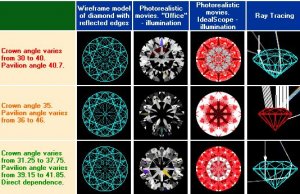
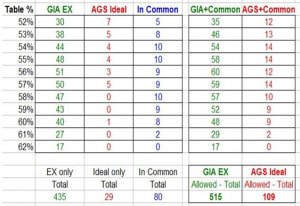
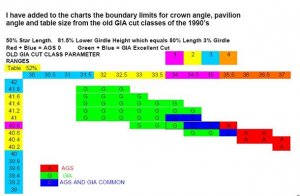
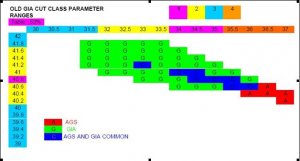
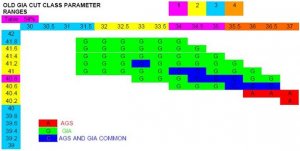
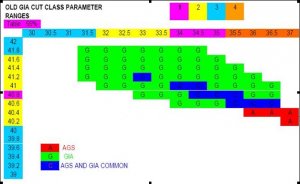
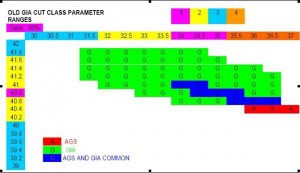
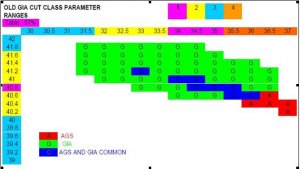
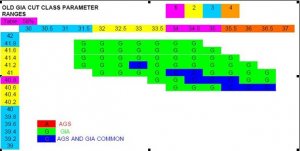
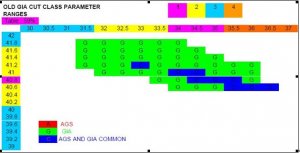
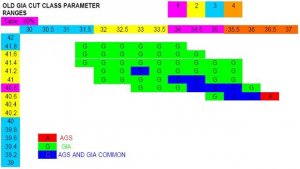
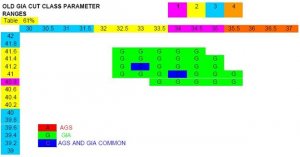
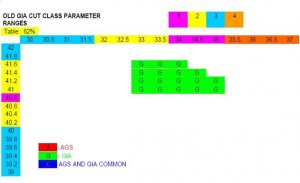
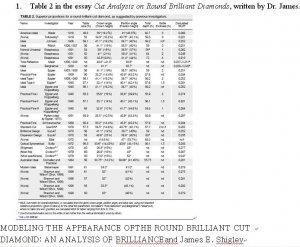
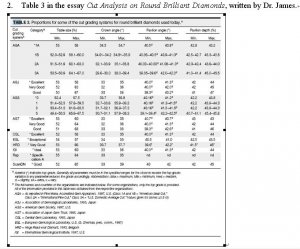
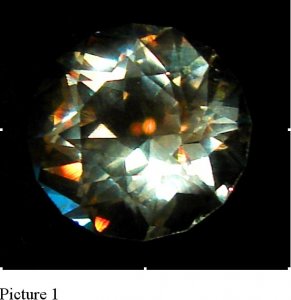


300x240.png)